The “megaflash” occurred in 2017 and stretched from Texas to Missouri.


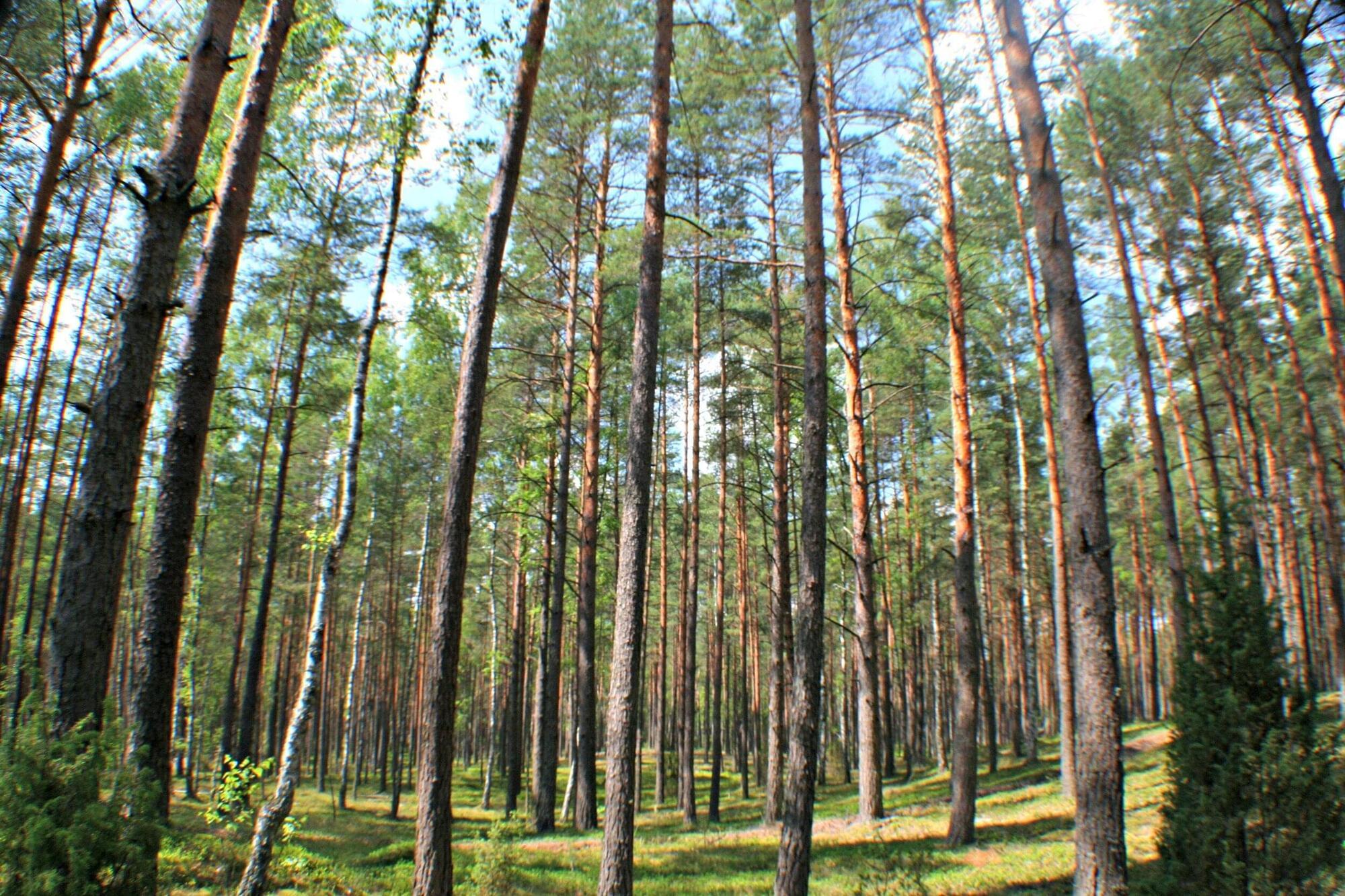
Forests cover about 40% of the EU’s land area. Between 1990 and 2022, they absorbed around 10% of the continent’s man-made carbon emissions. However, the carbon dioxide absorption capacity of forests, also known as carbon sinks, is becoming increasingly weaker.
This is shown by calculations of multi-year carbon budgets by an international team of researchers in a recent Nature study. The continuous decline in the carbon sink of our forests jeopardizes the EU’s climate targets. To halt or reverse the trend, the authors recommend practical measures in research and forest management.
Forests absorb carbon dioxide (CO₂) from the atmosphere, which they use for their metabolism and convert into biomass. Healthy and growing forests therefore act as carbon sinks, storing climate-damaging CO₂ from the atmosphere in the long term.



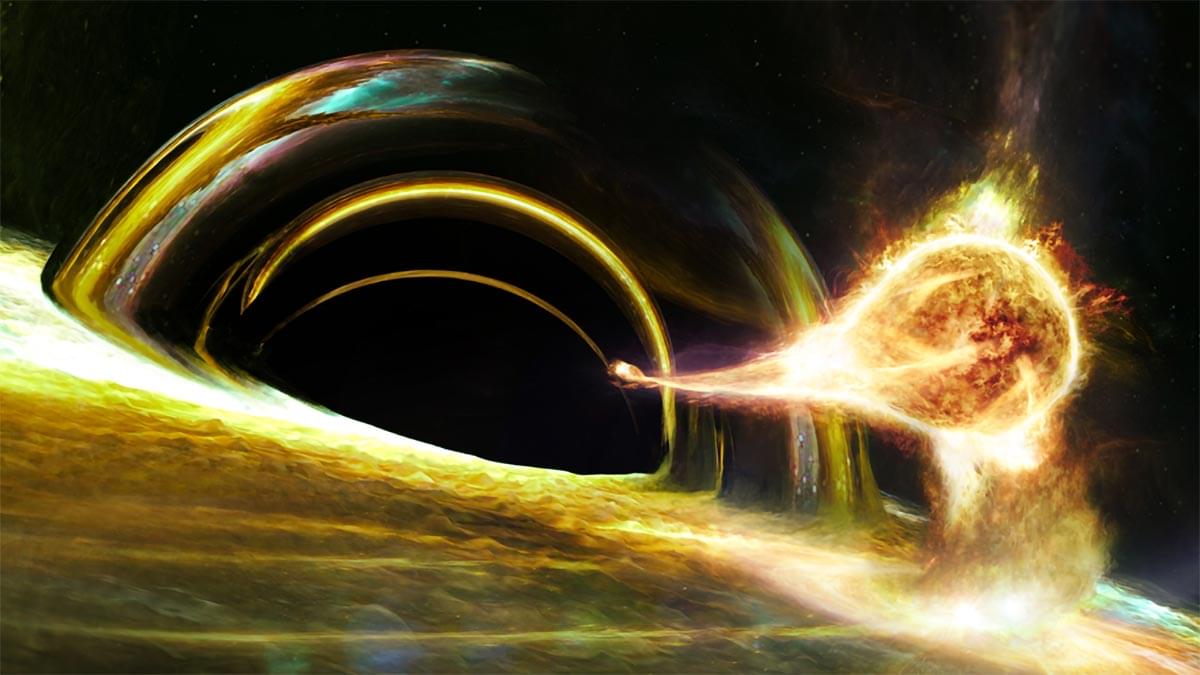
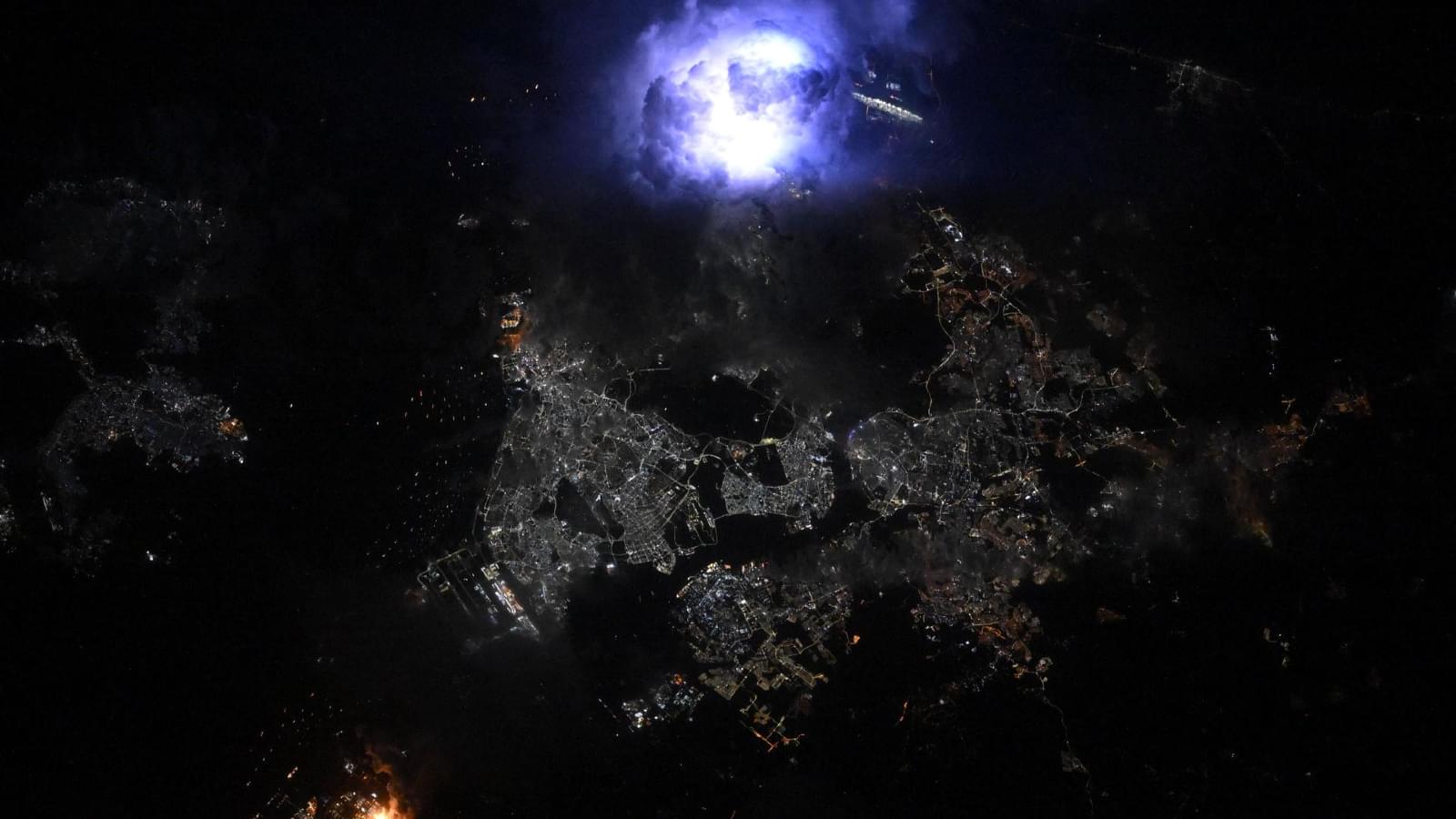

Though scientists have long understood how lightning strikes, the precise atmospheric events that trigger it within thunderclouds have remained a perplexing mystery. The mystery may now be solved, thanks to a team of researchers led by Victor Pasko, professor of electrical engineering in the Penn State School of Electrical Engineering and Computer Science, that has revealed the powerful chain reaction that triggers lightning.
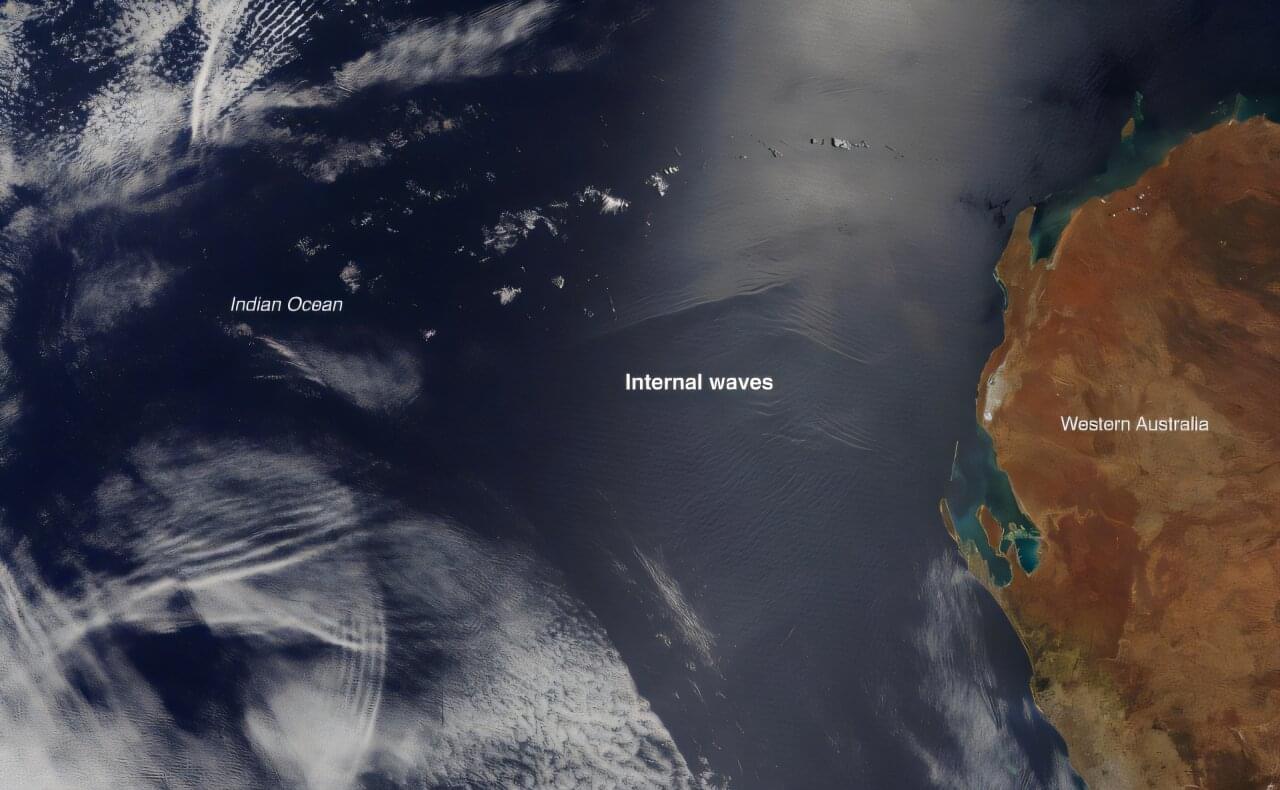
Deep below the surface of the ocean, unseen waves roil and churn the water. These internal waves, traveling between water layers of different temperatures and densities, draw cold, nutrient-rich water up from the depths and play a major role in oceanic circulation. Understanding and modeling their behavior is critical for developing more accurate simulations of an increasingly unpredictable climate.
In a Nature Communications paper, Rensselaer Polytechnic Institute (RPI) Math Professor Yuri V. Lvov, Ph.D. and a team of oceanographers develop a first-of-its-kind model of internal wave dynamics that lays the foundation for new, more reliable models of ocean circulation.
“Internal, wave-driven, vertical mixing is believed to be a main driver of oceanic circulation,” Lvov said. “It shapes Earth’s climate by influencing sea level rise, nutrient fluxes, marine ecosystems, and anthropogenic heat and carbon uptake.”
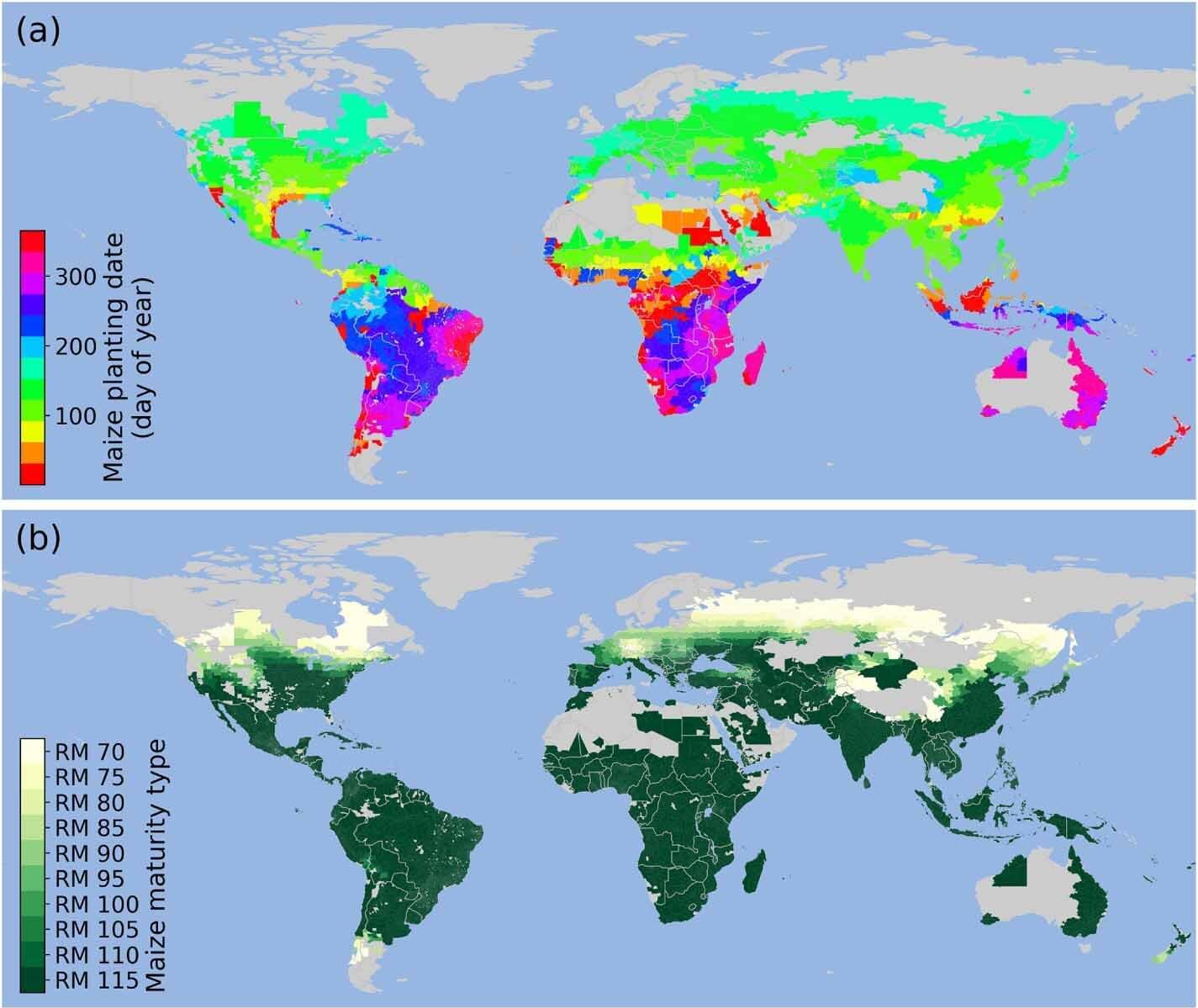
A nuclear winter is a theoretical concept, but if the climate scenario expected to follow a large-scale nuclear war, in which smoke and soot from firestorms block sunlight, came to fruition, global temperatures would sharply drop, extinguishing most agriculture. A nuclear winter could last for more than a decade, potentially leading to widespread famine for those who survive the devastation of the bomb blasts.
Now, a team led by researchers at Penn State have modeled precisely how various nuclear winter scenarios could impact global production of corn—the most widely planted grain crop in the world. They also recommended preparing “agricultural resilience kits” with seeds for faster-growing varieties better adapted to colder temperatures that could potentially help offset the impact of nuclear winter, as well as natural disasters like volcanic eruptions.
In findings recently published in Environmental Research Letters, the team reported that the level of corn crop decline would vary, depending on the scale of the conflict.